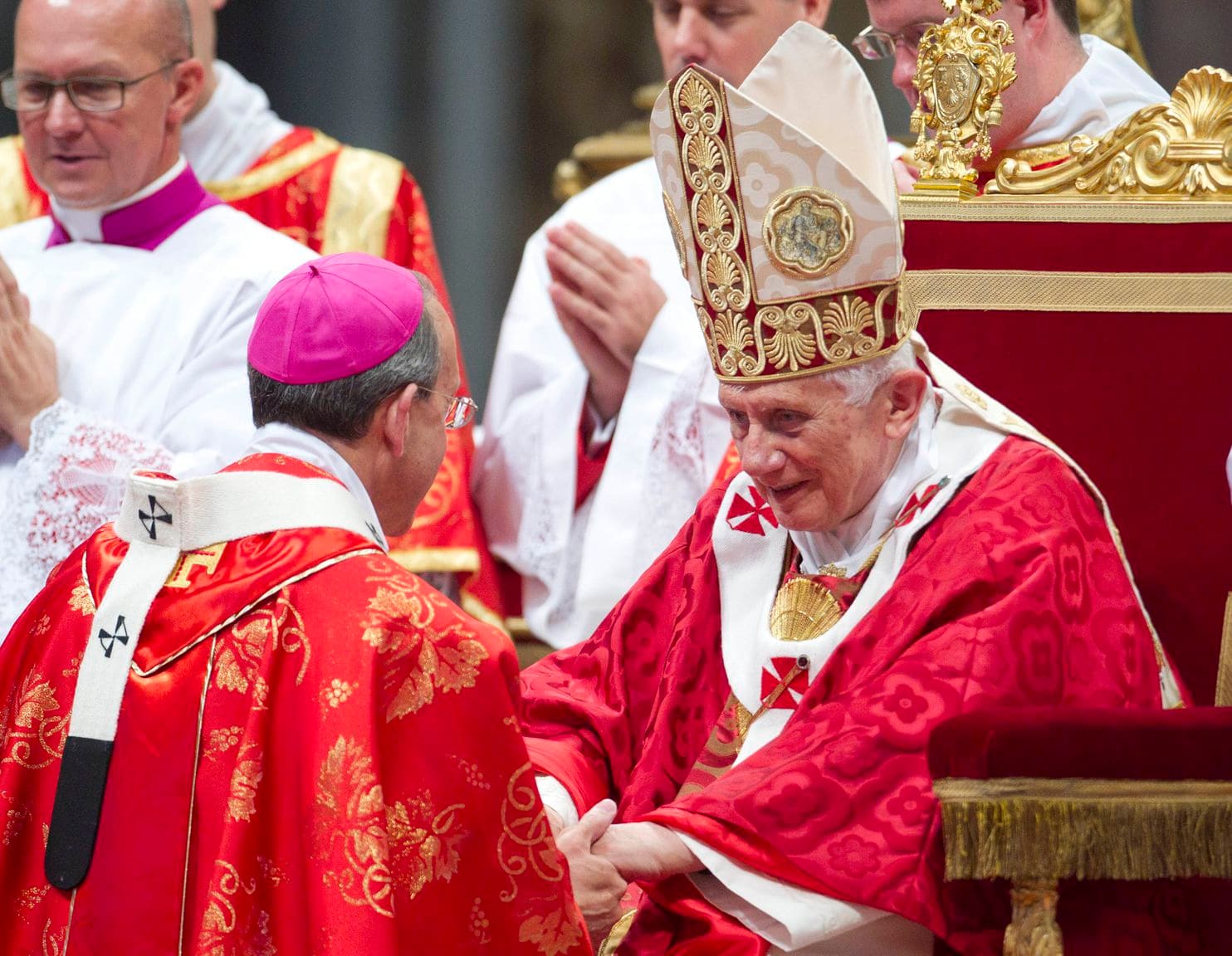The Banal Evil of Clericalism

Are our bishops men with poor, even malicious intentions? Is that why abuse and corruption have flourished? Not quite. Acknowledging this reality does not excuse their countless moral and, at times, criminal failings. But to solve a problem, it must be accurately diagnosed.
The philosopher Hannah Arendt’s concept of the “banality of evil” seems fitting: these bishops are largely average, bland men. Some exhibit deeply flawed personalities. But on the whole, they are not egomaniacal or sociopathic. Entering seminary, most bishops likely intended to serve the church. But nevertheless, the clerical culture into which they were initiated normalized the otherwise indefensible. This truth was reinforced for me reading The Washington Post’s new report on Baltimore’s Archbishop William Lori. A few excerpts may move you similarly:
“Lori lives in a sprawling historic residence that was built by the architect of the U.S. Capitol and in which hang portraits by famed artist Gilbert Stuart. There is also a portrait of Lori himself painted by John Howard Sanden, who did the official portraits of George W. Bush and Laura Bush. The $75,000 portrait was donated by the Knights of Columbus, the world’s largest Catholic fraternal organization. Lori has been the organization’s top chaplain since 2005, a role for which he is paid $135,000 a year. . .
“(He kept $3,000 from [former Wheeling-Charleston Bishop Michael] Bransfield, money Lori said was compensation related to two special Masses he celebrated in West Virginia.)”
There are many questionable moments in Lori’s career within the article, and he has a mixed record on clergy sexual abuse that needs some careful parsing. But here is what stuck out to me from the above excerpts: Lori is, by accounts of those I know who knew him personally in Bridgeport, a very decent and pastoral priest. Yet, the archbishop receives tens of thousands of dollars each year simply to provide one of ordained ministry’s primary functions. Some Masses are priced at $1,500.

I am all for ministers receiving a just and living wage (a whole separate post!), but is six figures not a bit much for a second job? Is $1,500 an hour not an excessive wage? It is scandalous to consider the countless Catholic women serving in ministry who make far less for far more work. How out of touch must he be from the average Catholic to think such luxuries are acceptable.
But beyond his personal actions, back to the banality of evil, this report on Archbishop Lori shows again how truly awful clerical culture is. And how far these boring, bland men allegedly imitating the humble, itinerant carpenter of Nazareth have strayed from gospel living because of that culture.
What is the answer? I cannot offer the plan to end clericalism. I do know with deep conviction that ordaining Catholic women to the fullness of orders would chip away at that culture. It would put a check on $1,500 Masses and $135,000 chaplaincy positions. Lori did not, as far as I know, announce after The Washington Post’s report that he would move into simpler living accommodations or donate his salary from the Knights entirely to charity. But there is still time. And if he is looking for somewhere to send a six-figure donation that will really help renew the church, might I suggest he head over to https://www.womensordination.org/donate/.

3 Responses
“I do know with deep conviction that ordaining Catholic women to the fullness of orders would chip away at that culture.” Agree, and would chip away at social and ecological injustice as well:
http://www.pelicanweb.org/solisustv15n09page24.html
“I do know with deep conviction that ordaining Catholic women to the fullness of orders would chip away at that culture. It would put a check on $1,500 Masses and $135,000 chaplaincy positions.”
How, exactly, would this happen? Please explain your reasoning. You seem to imply that women by nature are less inclined to corruption. Looking at the clerical sins of our church in Ireland, the Magdalene laundries and adoption scandals, the bodies in Tuam, this is simply untrue. Women are equally corruptible. Human nature is what it is. I’m all in for women’s ordination, but facile arguments such as this one do not convince me that women’s ordination alone will end clericalism.
Maybe we lay people can cause change if we demand that all bishops and priests take a vow of poverty at their ordination. Just a thought.